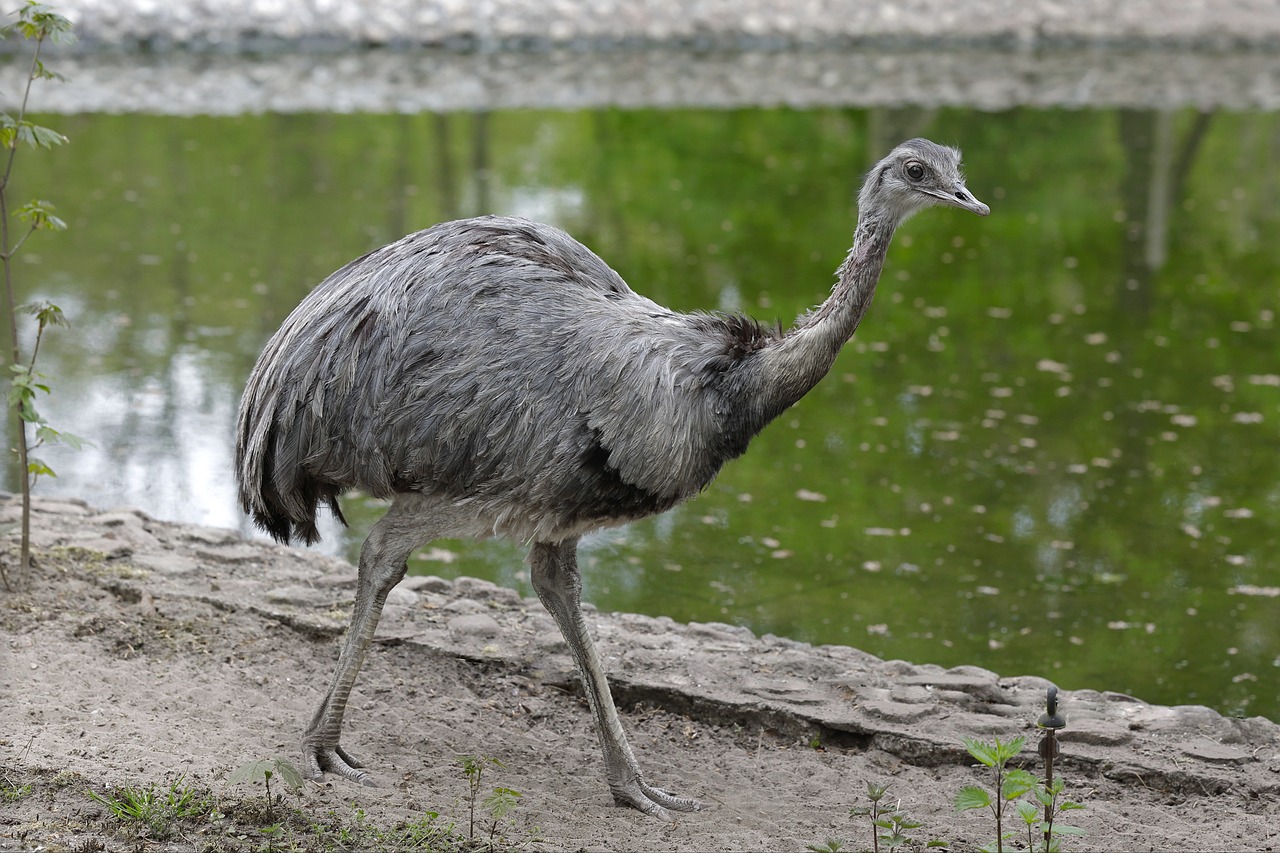The Titaness Rhea in Greek Mythology
Overview
Rhea, also known as Rheia, is a prominent Titaness in ancient Greek mythology, recognized as the matron of the gods and a deity symbolizing fertility, motherhood, and generational continuity. Her name, signifying “flow” and “ease,” reflects her embodiment of the natural cycles of life, such as menstruation, childbirth, and nurturing. As the spouse of Kronos, the Titan associated with time, Rhea is a pivotal figure in the lineage of the Olympian deities, representing the eternal passage of time and the nurturing of life.
Rhea’s Mythological Role
In mythological narratives, Rhea stands as the queen of heaven and the devoted wife of Kronos. She faced a dire predicament when Kronos, fearful of a prophecy stating he would be overthrown by one of his children, began swallowing each of their offspring at birth. To save her youngest child, Zeus, Rhea cunningly concealed his birth during her sojourn in Crete. She entrusted the care of Zeus to the shield-clashing Kouretes, and instead of presenting Kronos with his newborn son, she deceived him with a stone wrapped in swaddling clothes, which he ingested without realizing the ruse.
Connections to Other Deities
Rhea shares many attributes and iconographic elements with the Anatolian goddess Kybele. Both deities are often portrayed as maternal figures adorned with turret crowns and accompanied by lions, symbolizing strength and protection. The precious bond between Rhea and the earth is frequently highlighted in various myths, paralleling her counterpart Demeter, whom she mothered along with other significant gods, including Hestia, Hera, Hades, Poseidon, and Zeus.
Genealogy and Offspring
Rhea is the daughter of Uranus (the sky) and Gaia (the earth), placing her among a lineage of powerful Titans. Her children with Kronos include:
- Hestia
- Demeter
- Hera
- Hades
- Poseidon
- Zeus
These offspring play pivotal roles in Greek mythology, particularly in the stories surrounding the Olympian gods.
Ancient Worship of Rhea
Rhea’s worship appears to have originated prominently in Crete, where various local traditions noted sites of her temples. Common references indicate that she was venerated in multiple locations across Greece, including a notable temple at Athens, called the Metroum. Her role in fertility and childbirth led to her being associated with various rituals and festivals.
Iconography and Artistic Representations
Rhea is frequently depicted in classical art, often seated on a throne with symbols of power and presence, including a mural crown and lions at her side. Artists captured her dual roles as both nurturing mother and formidable goddess, portraying her in a manner that highlights her connection to the earth and her divine motherhood.
Rhea’s influence stretched beyond Greece, as her worship and attributes merged with those of other cultures, further expanding her mythological significance.
Conclusion
Rhea serves as a cornerstone in the tapestry of Greek mythology, representing the profound themes of motherhood and generational continuity. Her strategic preservation of Zeus marked a crucial turn in mythic history, ensuring the succession of power among the deities and highlighting her character as both protector and nurturer.



